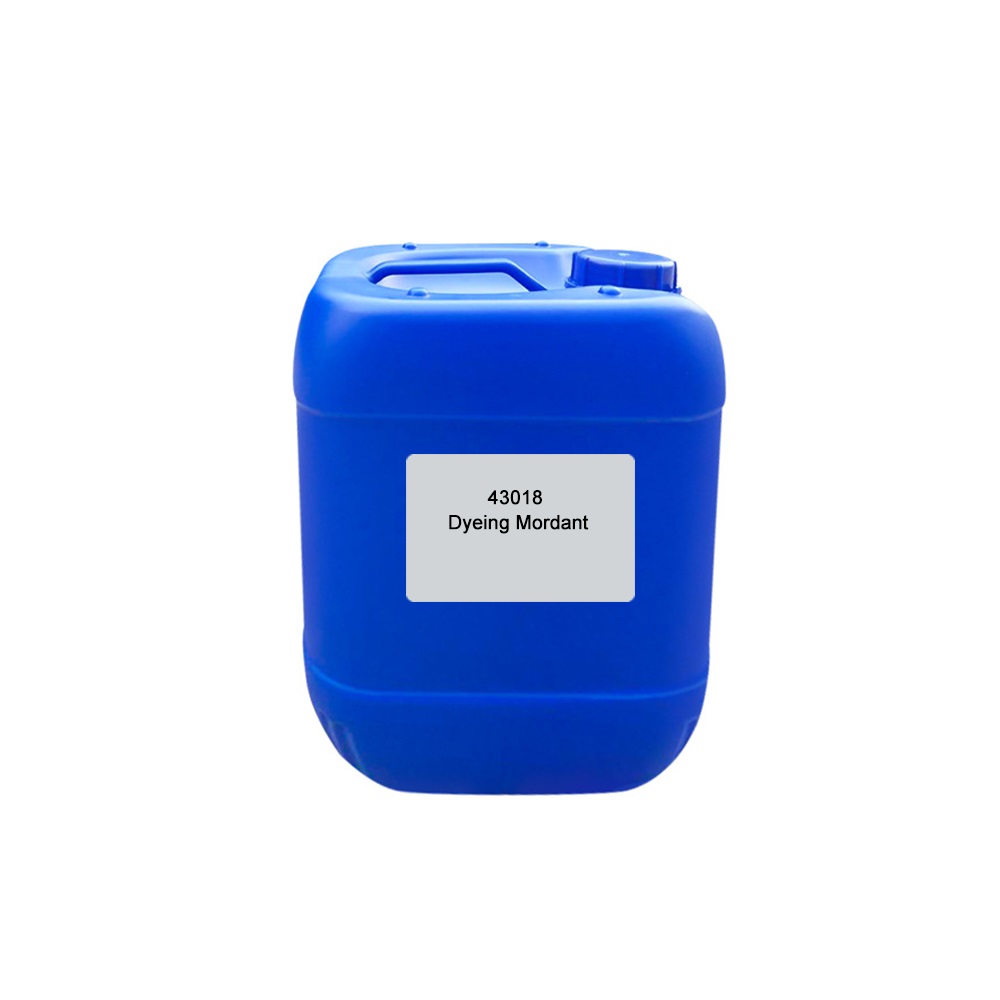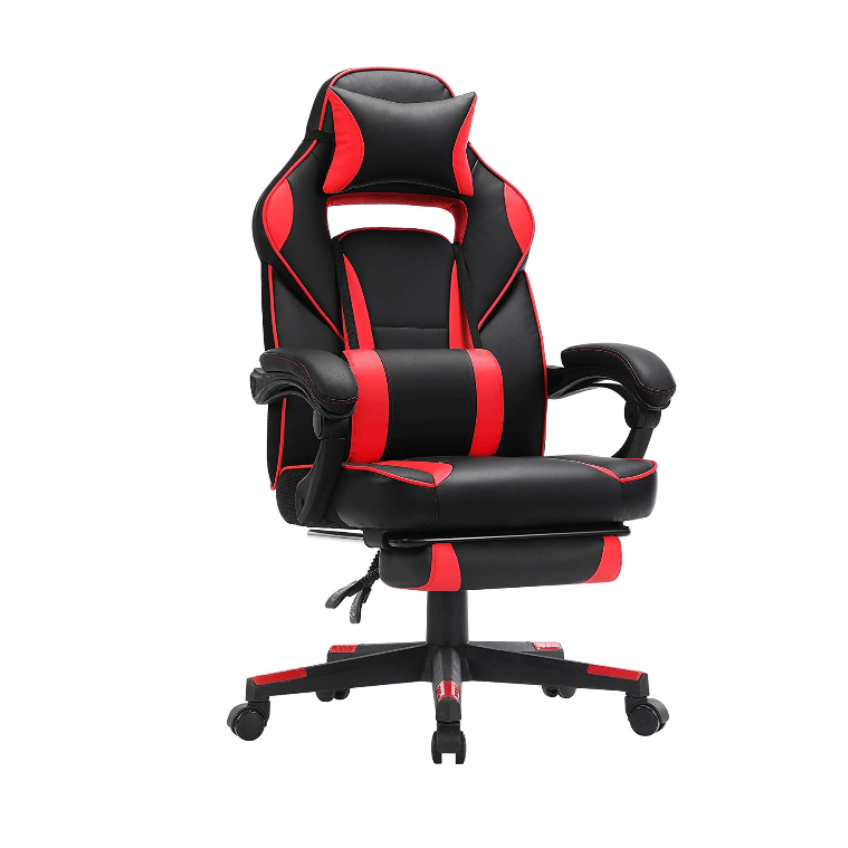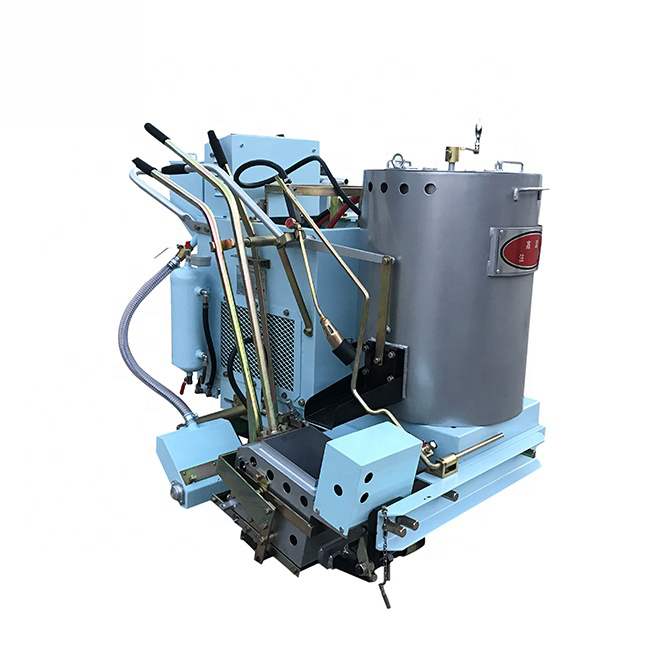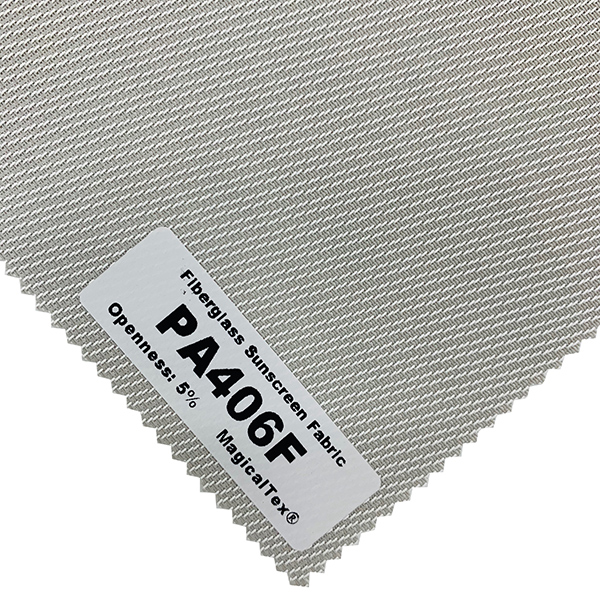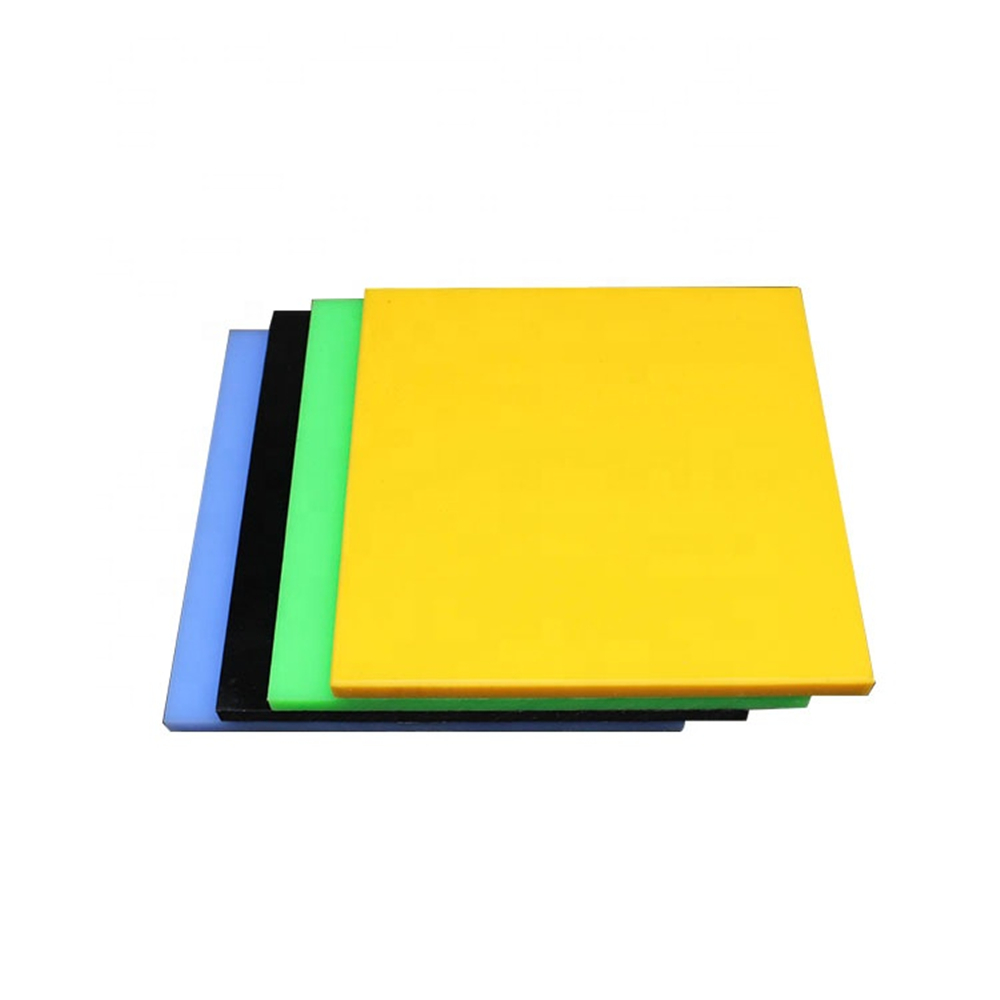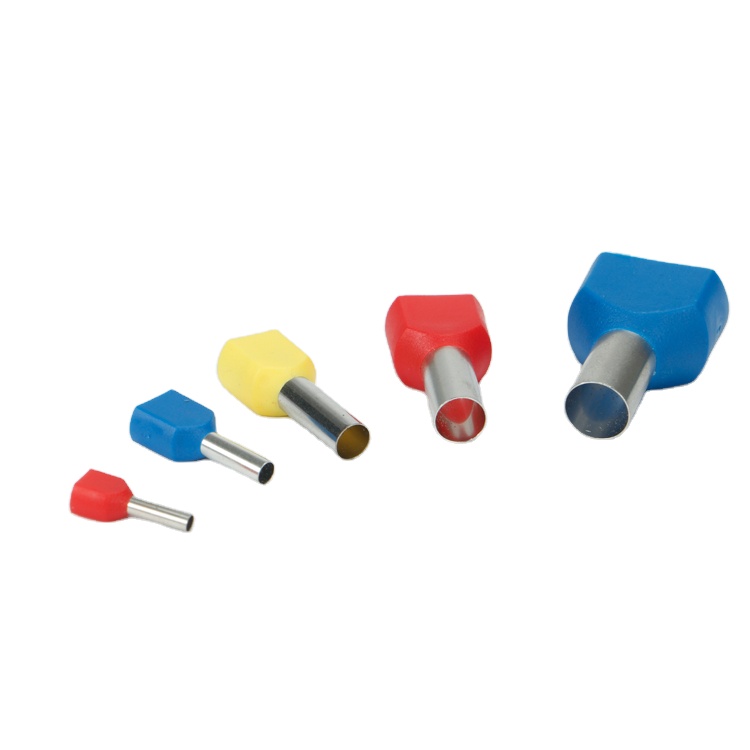The Flooring Expert
43018 Dyeing Mordant
Features & Benefits
Typical Properties
| Appearance: | Light yellow to yellow liquid |
| Ionicity: | Cationic |
| pH value: | 4.0±1.0 (1% aqueous solution) |
| Solubility: | Soluble in water |
| Application: | Viscose fiber/ cotton, modal/ cotton, loycell/ cotton, etc. |
Package
120kg plastic barrel, IBC tank & customized package available for selection
TIPS:
Reactive dyes
These dyes are produced by the reaction of a dichloro-s-triazine dye with an amine at temperatures in the region of 25–40°C, resulting in the displacement of one of the chlorine atoms, producing a less reactive monochloro-s-triazine (MCT) dye.
These dyes are applied in the same manner to cellulose except that, being less reactive than the dichloro-s-triazine dyes, they require a higher temperature (80°C) and pH (pH 11) for fixation of the dye to the cellulose to occur.
These types of dyes have two chromogens and two MCT reactive groups, therefore having much higher substantivity for the fiber compared to the simple MCT type dyes. This increased substantivity allows them to achieve excellent exhaustion onto the fiber at the preferred dyeing temperature of 80°C, leading to fixation values of 70–80%. Dyes of this type were and still are marketed under the Procion HE range of high efficiency exhaust dyes.
These dyes were introduced by Bayer, now Dystar, under the name Levafix E , and are based on the quinoxaline ring. They are slightly less reactive when compared with the dichloro-s-triazine dyes and are applied at 50°C, but are susceptible to hydrolysis under acidic conditions.
Products categories
WHY CHOOSE US
Since its establishment, our factory has been developing first world class products with adhering the principle
of quality first. Our products have gained excellent reputation in the industry and valuabletrusty among new and old customers..
